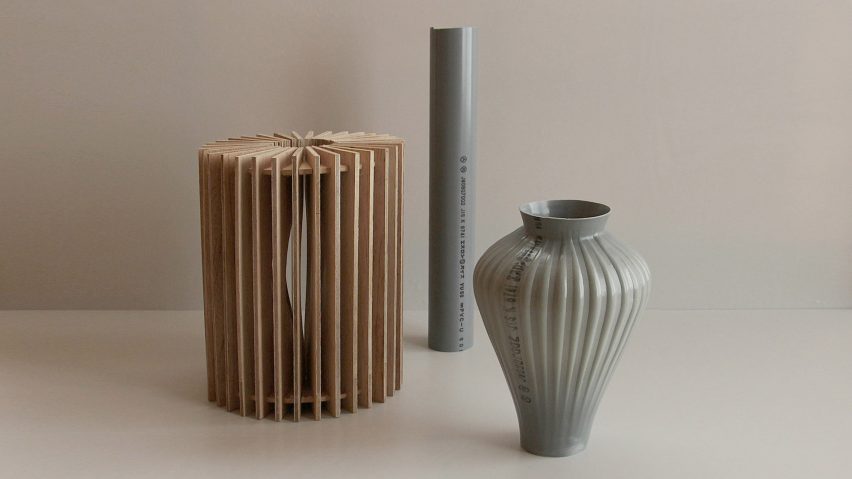
Dezeen's top 10 innovative materials of 2018
Designers experimented with unusual materials throughout 2018, from innovative new products to waste. Design editor Augusta Pownall picks out 10 of the best for our review of the year.
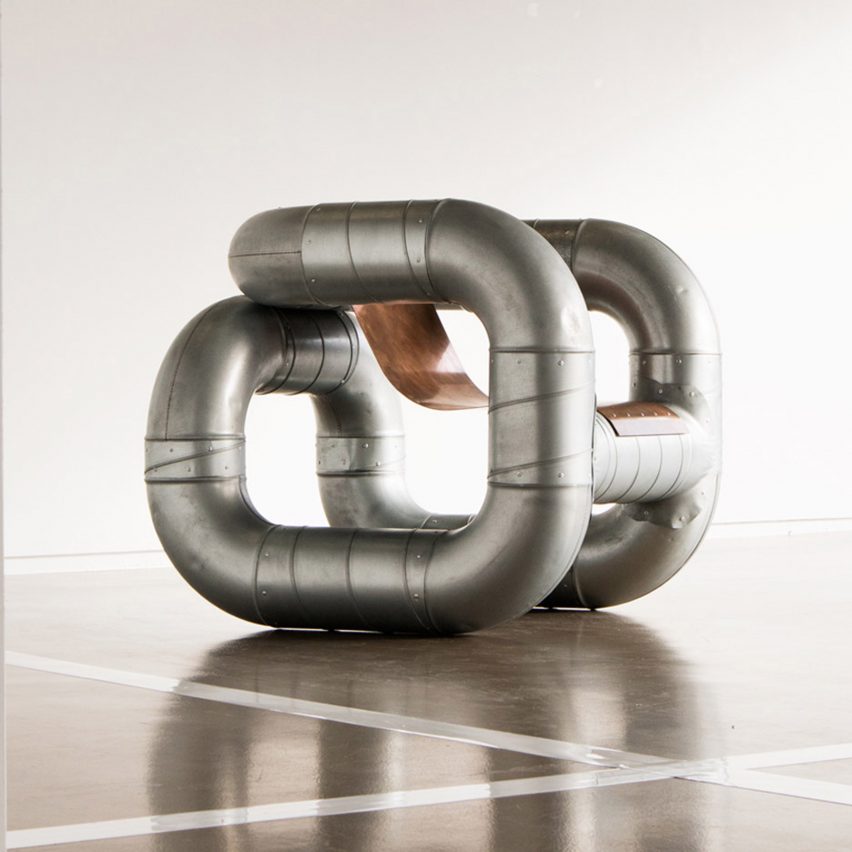
Pipes
PVC plumbing pipes are about the least sexy material possible to imagine, but some designers this year were able to look beyond that.
Japanese designer Kodai Iwamoto applied the processes of glassblowing to heated plastic pipes to create delicate, undulating forms.
Lucas Muñoz used ventilation pipes for a series of pieces of furniture, whilst Christophe Machet and Phan Thao Dang both used sewage pipes to make vividly different collections of seating.
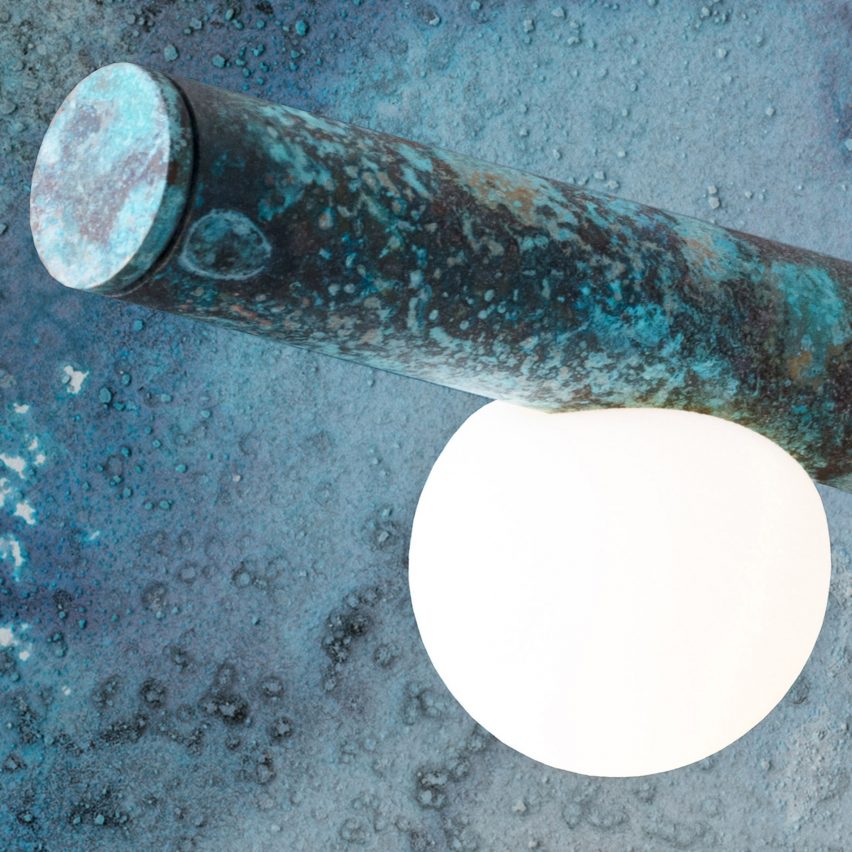
Salt
Sodium chloride has long been used for flavouring food, but this year designers such as Erez Nevi Pana and Lindsey Adelman used salt in their work.
Pana took waste materials, bound them together and dipped the resulting "stool" into the Dead Sea. After a few months, the surface was coated in salt crystals.
Adelman collaborated on a show at Milan design week, in which she showed versions of her brass Drop lighting system corroded with salt.
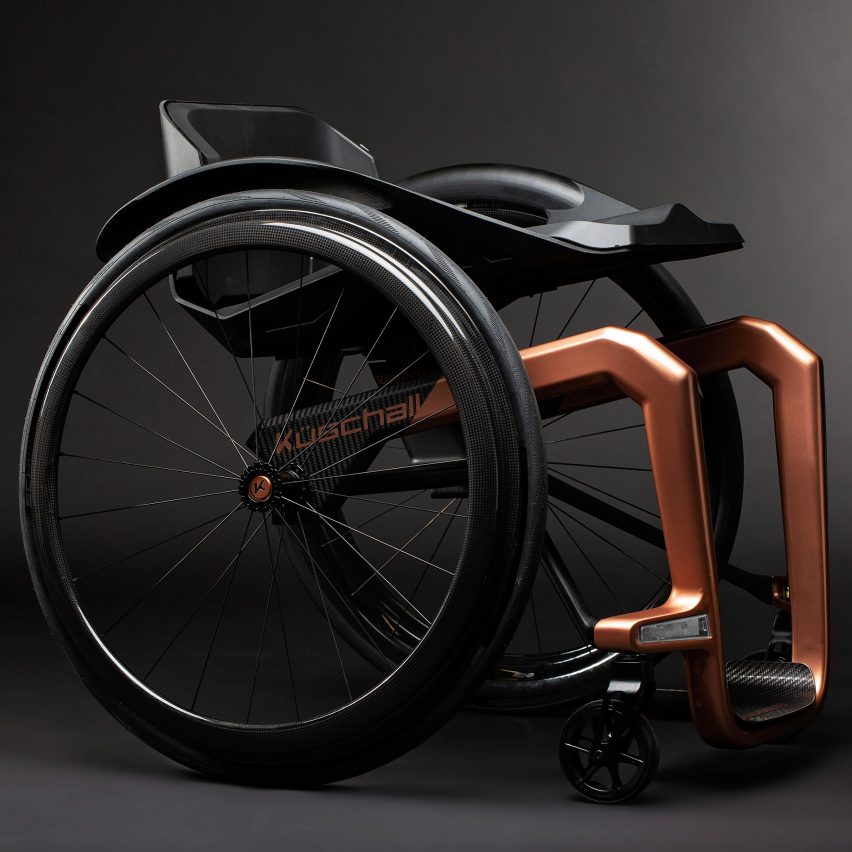
Graphene
Graphene has a host of qualities – it is thin, strong, transparent, dense, a good conductor of electricity, the list goes on. Little wonder that designers applied the single layer of carbon to a wide range of projects this year.
Vollebak's jacket acts as a radiator insulating the wearer. Meanwhile a wheelchair made from the material is incredibly light.
Other serious applications included an Australian scientific study that used graphene in a simple water filtration system. There were some more fun ideas too, like a graphene-based hair dye doesn't damage hair.

Concrete
In August we discovered that carrots could be the key to making stronger concrete, putting the most basic of all building materials back on the agenda.
Scientists at Exeter University found a way to make it even stronger, by incorporating graphene into the composite. Elsewhere, researchers at Imperial College in London developed an alternative that uses desert sand rather than its construction equivalent.
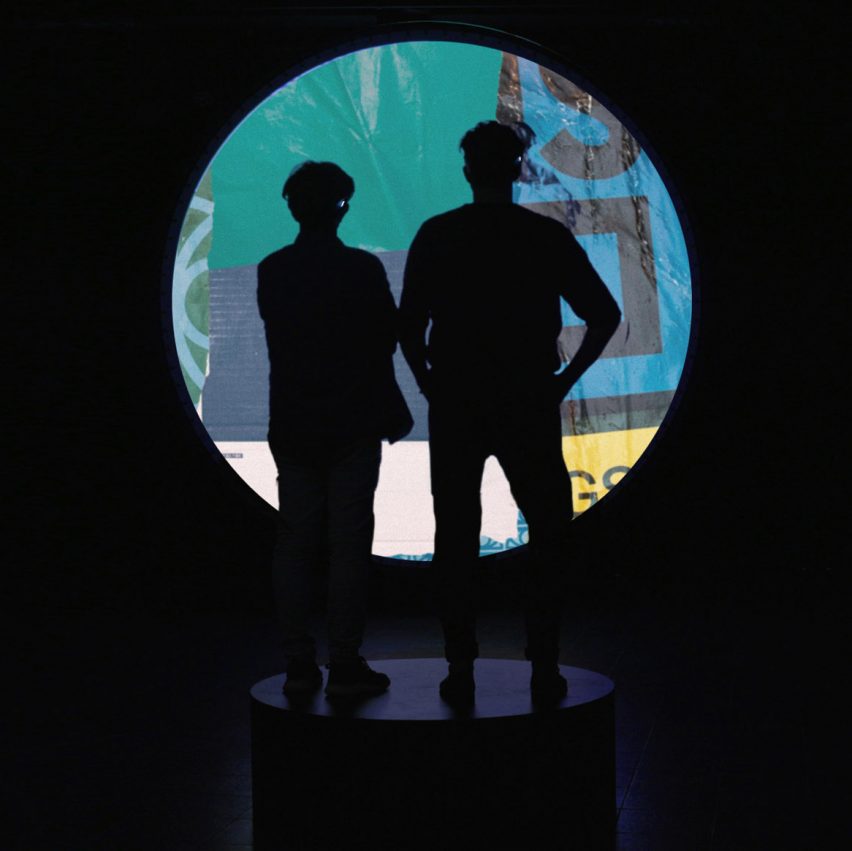
Brainwaves
Designers played with our minds in 2018, by using electroencephalography (EEG) receptors to read signals from the brain.
Artist Thijs Biersteker and designer David Carson worked together on an installation in the Netherlands that required a pair of visitors to remain calm to keep an imaginary world in order. At London's Design Museum this summer, the atrium was taken up with a huge air balloon that used visitors' brainwaves to stay afloat.
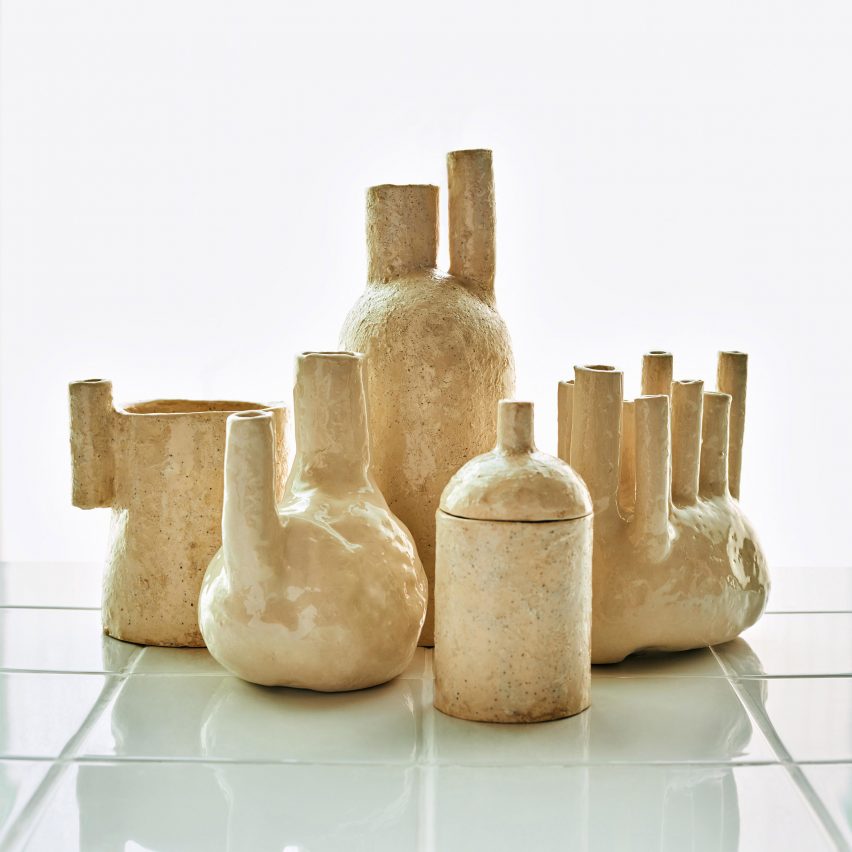
Human waste
If there's one material we're not in danger of running out of it's human waste.
Hair from the floor of a local hairdresser was one ingredient in Ellie Birkhead's bricks made from a variety of waste products. Oskana Bondar also used the stuff to make a stool.
Pee also cropped up in design this year. Kim Sinae used human urine to glaze a series of pots based on the shape of the human bladder, a series she called Urine Ware. Researchers used the liquid for a zero-waste brick that hardens at room temperature rather than requiring firing in a kiln.
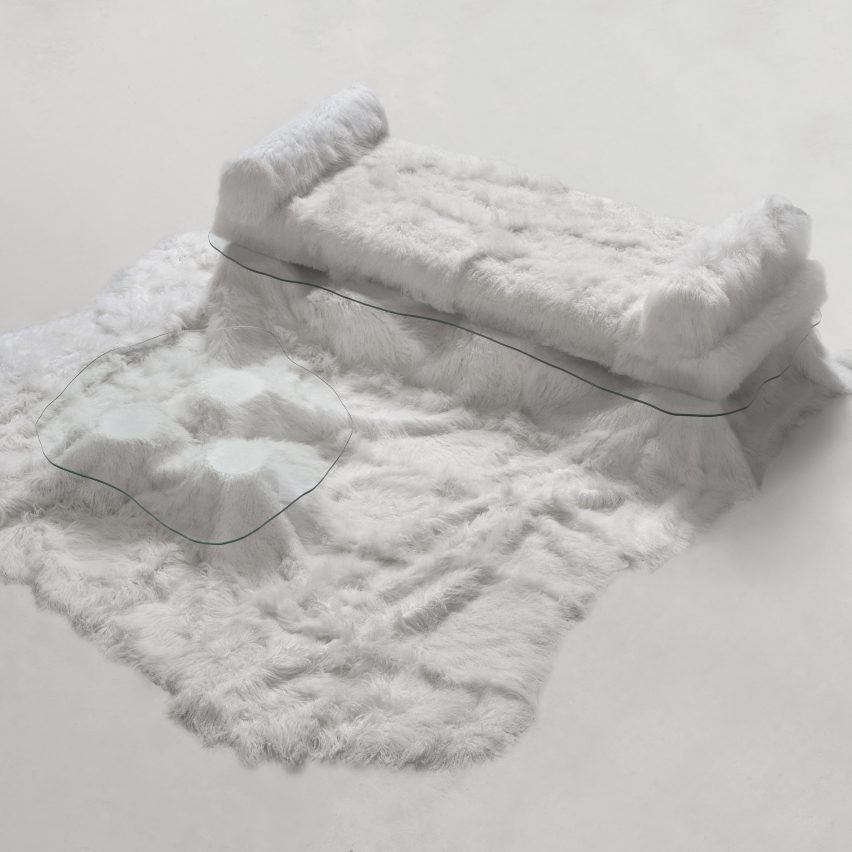
Fur
Real fur fell out of fashion this year, literally and figuratively. Stella McCartney was one of the catwalk queens cheering the fact that September's London Fashion Week featured no real fur on its runways.
The gap was filled by a proliferation of furry furniture at Design Miami earlier this month, where the Campana Brothers, Porky Hefer and Guillermo Santomá all offered fluffy pieces to cuddle up in during the cold winter months.
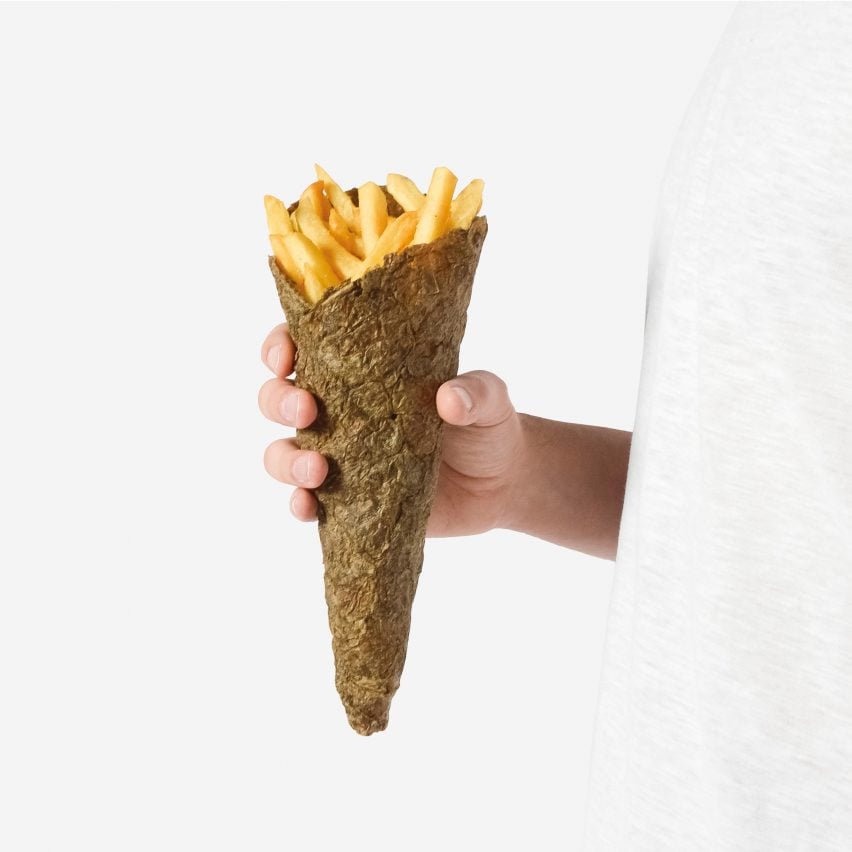
Food waste
Making tableware to eat your food off from food waste, as Tokyo-based designer Kosuke Araki did with his Anima collection of cups, plates and bowls this year, is one thing. Making new treats with the stuff is quite another.
Elzelinde van Doleweerd did just that, 3D-printing a paste made from leftover sweet potato and rice, that she baked and dehydrated to create tasty crackers. Meanwhile, potato peelings were used for an MDF substitute and as ecological packaging.
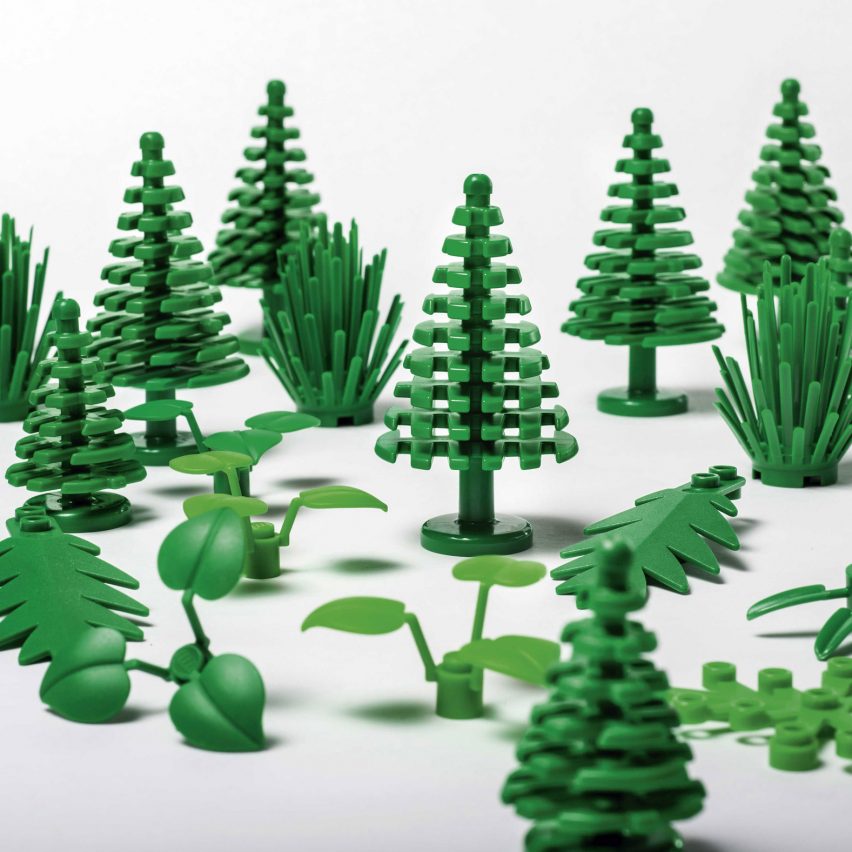
Bioplastic
Ocean plastic hit the mainstream in 2018, with many designers creating projects using plastic taken out of the seas, but bioplastic could offer a long-term solution to the problem of single-use plastics.
Reebok's Corn + Cotton trainers come with a bioplastic sole, whilst Lego made its vegetation figures from a plastic made from sugar cane. With algae, corn starch and crustacean shells amongst the raw ingredients, there's still plenty of scope for the next Tetra Pak to be made from bioplastic, with Nuatan leading the charge with an exhibition at the London Design Festival.

Photovoltaic surfaces
Solar panels were integrated into projects in interesting ways this year. Heliafilm was applied over a building in Lyon as part of a research project that the team plan to market in 2019, whilst Apple covered the entire roof of its new Cupertino headquarters with panels.
Dutch designer Marjan van Aubel's greenhouse was installed in Somerset House as the Dutch entry for the London Design Biennale. The hydroponic greenhouse is intended to sit on a rooftop, and is powered by solar energy harvested from the glass walls of the structure.